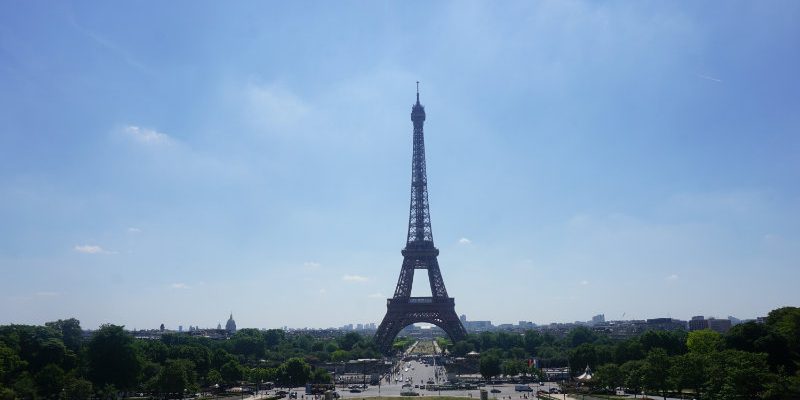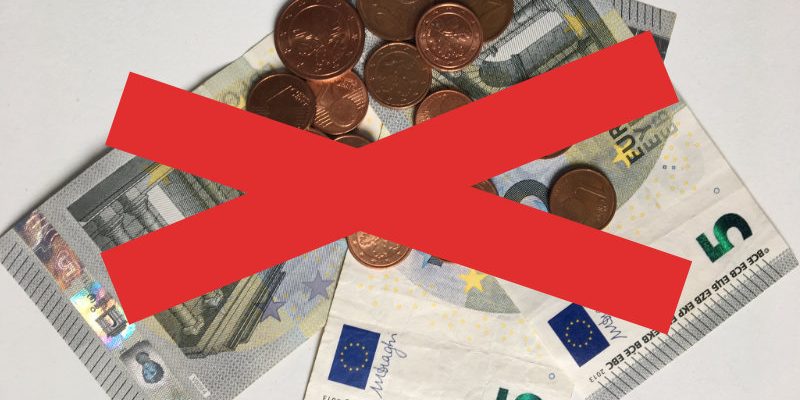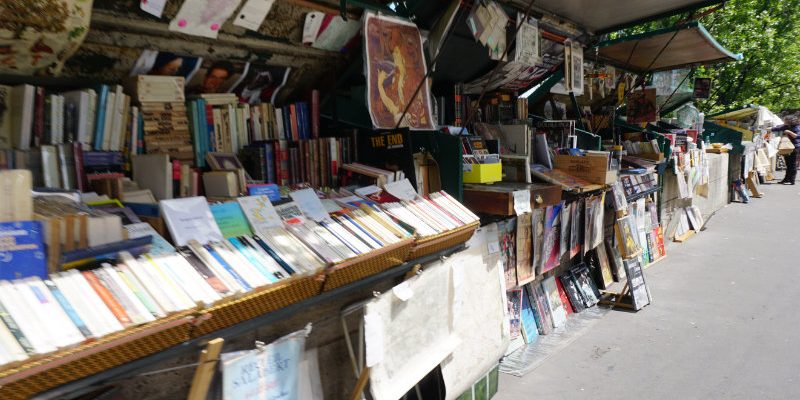Paris the city of love, city of culture, city with history.
The French capital is one of the most important major cities in Europe. Here is and was the political center of France, here the most modern architecture meets historical buildings, here you find the French way of life lives right next to multicultural traditions – a cosmopolitan city with charm.
The city’s landmarks are the Eiffel Tower and Notre-Dame Cathedral. In the famous Louvre Museum you can see outstanding art, such as the Mona Lisa by da Vinci. The artists’ district of Montmatre attracts visitors from all over the world with the Sacré-Coeur and a distinctive view of the city. A stroll through the Marais district with the 17th century townhouses, the many boutiques and cafés relaxes from the hustle and bustle of the big city.
But there are also places where tourists rarely get lost. With a walk through the Parc Buttes-Chaumont or along the Canal Saint-Martin you can get to know a completely different Paris and discover the city off the beaten path.
Sights in Paris
Insider Tipps Paris
Travel planning

On some of the days, I walked through Paris vigorously shaking my head in response to the habits of the Parisiens. So what I decided to do was to write down all of my questions about Paris in the hopes that I would later find some answers.

It is not easy to find reasonably priced living space for a longer stay in Paris. We found a small but very neat apartment in Paris in which we felt very comfortable.

Before the eager traveller embarks on their journey to Paris it is recommended to slow down a bit and take some time for planning the trip. Getting there, accommodation, public transport … exact planning will make navigating the city of love a lot easier.
Travel information about Paris
Arrival
By plane
Paris is very easy to reach via the two major airports, Charles de Gaulle and Orly.
Not every airline flies to both airports. Charles de Gaulle is mostly used for long-haul flights, Orly more for national and European flights. The terminals at Charles de Gaulle are far apart. There may be longer transit times and also travel distances.
Terminals 1 and 2 of Charles de Gaulle Airport are connected to rail services. The RER B provides easy access to the centre of Paris.
Paris-Orly can be reached with the RER B to Antony and from there with the Orlyval. The Orlyval goes directly to the terminals. If you take the RER C to Pont de Rungis, you can take a shuttle bus from there.
Paris has another airport located 100 kilometres north of the city. Paris-Beauvais-Tillé is mainly served by low-cost airlines. A shuttle bus runs from there to the city.
By train
The capital is the country’s central railway hub. There are seven major railway stations in the city from which trains depart in all directions. You should be aware that you will also have to change stations within the city if you want to travel in a different direction. Some of the stations are quite large and branched and there are longer walking distances.
If you are travelling from Germany, you will arrive at the Gare du Nord and Gare de l’Est stations, for travellers from Switzerland it is the Gare de Lyon.
By bus
Regular buses run from Germany to Paris. These depart from many different cities.
The bus station Gare routière internationale de Paris-Galliéni is the final stop in Paris. It is located on the ring road and from there you can take a taxi or metro line 3 into the city.
By car
Paris is a central hub for the trunk road network in France. Motorways from all directions converge on the central outer ring road around the city. Tolls are charged for the use of motorways in France. The prices are not cheap, but the quality of the roads is very good.
By boat
Paris has two marinas: Port de Plaisance Paris Bastille, centrally located between Bastille Square and the Seine in the 4th arrondissement, and Halte Nautique de la Villette on the spacious Bassin de la Villette in the 19th arrondissement.
It is advisable to book a berth there well in advance.
In addition, there is the possibility of taking river cruise ships into the city.
On the way in …
By car
The streets of downtown Paris are always crowded and congested. In addition, there is a great shortage of parking spaces. It makes sense to leave the car at home or, if possible, to park outside the city.
Traffic in Paris has its own rules. For example: on a street with two lanes, three cars drive side by side; if the parking space is too small for the car, it is made bigger. Traffic lights exist, but some of them are unimportant and people just keep driving. Note that at the Arc de Triomphe it is right before left, i.e. here you stop in a circle.
By metro
The fastest way to get from A to B in Paris is by metro. There are 16 lines running through the city and stopping at about 300 stations. The metro runs daily between 5.30 am and 1.15 am, one hour longer on Fridays, Saturdays and before public holidays.
Paper tickets will still be sold until the beginning of 2022. After that, Navigo Easy tickets will replace paper tickets. These tickets can be topped up at ticket machines or at the ticket counter. Once you have bought your ticket on the bus, it cannot be used on the metro. You can use the same ticket to change between the metro and the RER within zone 1 or between the bus and the tram, but not between the bus or tram and the metro or RER.
For longer stays, you can use the Navigo card (bring your passport photo). With this card you can get past the barriers without contact. The basic price for tourists is €5 and the card can then be topped up at the machine as a weekly or monthly ticket. Attention! The weekly ticket is always valid from Monday 0:00 to Sunday 24:00.
By bus
The bus system in Paris complements the well-developed metro network. The ticket purchased on the bus is not valid on the metro or RER. It only allows you to change buses or tramways. With a metro ticket you can also travel by bus!
There are some tourist buses that can be used with a ticket t+ (metro/bus ticket): Montmartebus (Place Pigalle (metro 2 and 12) over the Butte (hill) to all major points of Montmartre to Jules Joffrin metro station on line 12), Balabus (Gare de Lyon to La Defense, passing major sights, April – September, afternoons on Sundays and public holidays) and Archi-Bus ( exploring contemporary architecture in Paris).
By tramway
There are 10 tramway lines mainly on the outskirts and suburbs of Paris.
By taxi
Within the week, you can quite quickly get a free taxi in the city. A glowing white taxi sign means the taxi is free, while a yellowish one indicates an occupied taxi. Prices are quite reasonable by city standards.
By bike
The city is becoming more and more bicycle-friendly. It can happen that on Sundays whole streets are open for cyclists only.
On foot
Many of the sights can be explored on a walk through the city.
Important! Do not rely on the signs at the traffic lights! Drivers often ignore them and it can be dangerous. Often the following applies: if the pedestrian, death-defyingly, looks neither to the left nor to the right when crossing the road, the motorist will stop. If you are paying attention to the traffic, you have lost and must wait.
Best time to travel
Paris is worth a visit at any time of year!
From March to June, the city awakens. It becomes green and people like to stroll through the gardens. Temperatures slowly rise again and can reach an average of 16 degrees in April.
From mid-June to mid-September is summer in Paris. Temperatures often rise to over 25 degrees and it rarely rains.
In autumn and winter, temperatures drop. But it rarely gets really cold. Snow is not that frequent.
Luggage storage
At Gare de l’Est there are lockers in the basement. Luggage is screened before it is stored. Prices depend on the size of the locker and payment is only possible with coins.
There are also lockers at Gare du Nord, Gare de Lyon, Gare Montparnasse and Gare de Marne-la-Vallée Chessy.







